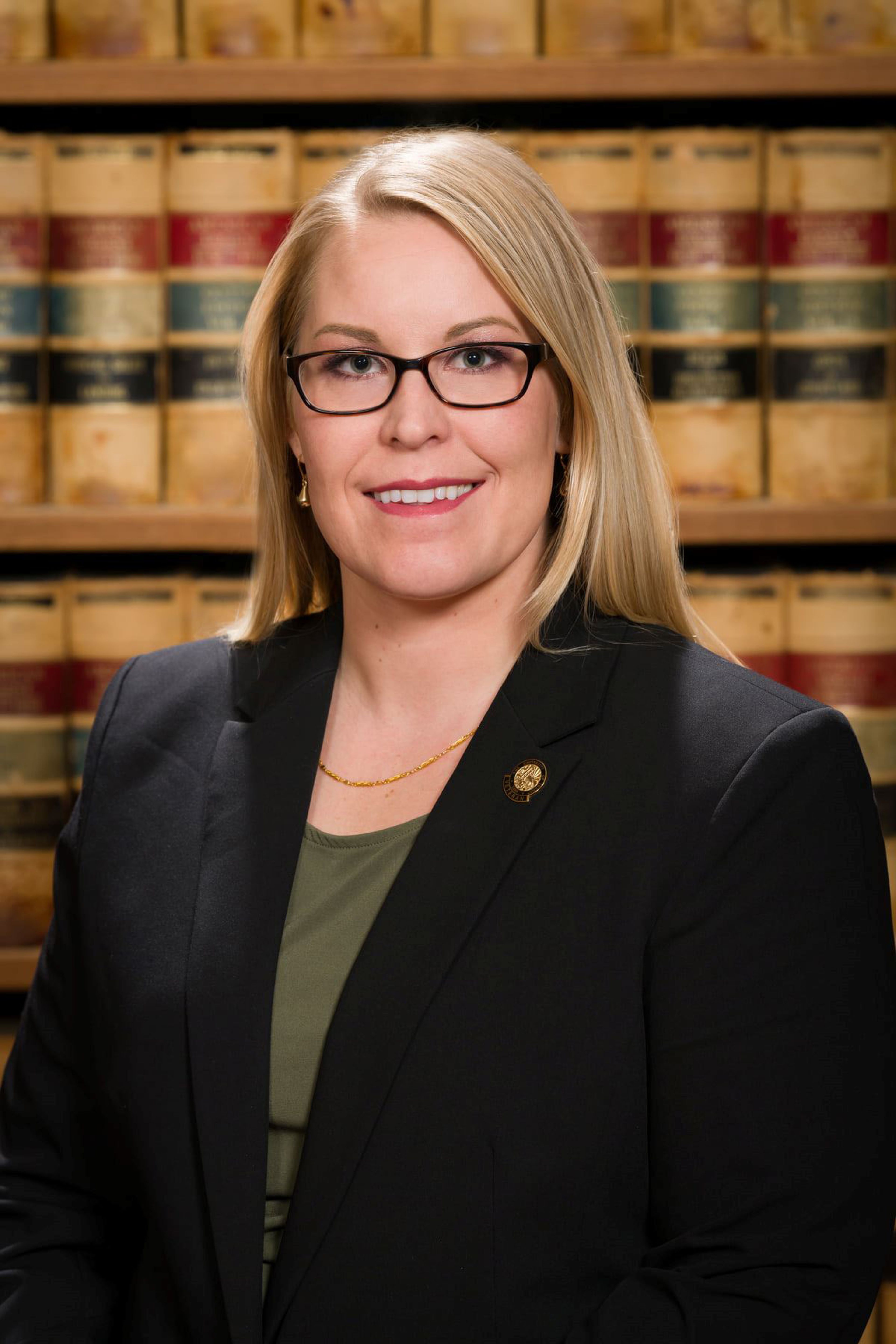Don’t take Lewiston’s school levy for granted
Editorial: The Tribune’s Opinion
What should be a routine renewal of the Lewiston School District’s supplemental levy eight weeks from now may be anything but — thanks to a legislative-engineered spike in the property taxes homeowners are struggling to pay.
Across the years, the five-year supplemental levy — which generates about $20 million, or more than 36% of the school system’s operating budget — has had no difficulty clearing a simple majority. After getting 70.3% in 1998, it won 82.% % in 2003, 82.7% in 2008, 85.5% in 2013 and 81.2% five years ago.
But that was before Idaho’s housing market took off. Making things worse was the Legislature’s decision to cap the Homestead Exemption, which protects a modest homeowner from inflationary tax increases. This year, homeowners in Lewiston and across the state got a case of sticker shock. Some saw their tax bills rise by 40%. But they didn’t get more government in return. The Legislature’s handiwork merely shifted taxes. While homeowners paid more, the owners of commercial properties got a windfall. Their tax bills dropped about 10%-to-12%.
As they wrestle with their personal finances, Lewiston homeowners may zero-in on these facts:
l As the Idaho State Tax Commission noted in its year-end report, Lewiston schools generated a $5.3 million increase in property tax collections last year. Because Lewiston’s schools were incorporated prior to statehood, the district’s levies are longer-lived — most districts have to settle for a two-year extension — and they are based on a tax rate, not a budgeted amount. So as the local tax base expands, so does the school district’s revenues.
l Like many school districts bordering states that offer more competitive teacher pay, Lewiston has a comparatively high tax burden. Adding to it was the successful passage of the $59.8 million high school bond in 2017. Last month, Idaho Education News put the district’s total tax collections at $617.78 per $100,000 of taxable value, the state’s highest.
Joining it at the upper end were Genesee, No. 2, at $530.22 per $100,000 of taxable value; Moscow, No. 4, at $480.38 per $100,000 of taxable value; Kendrick, No. 5 at $479.49 per $100,000 of taxable value; Potlatch, No. 8 at $421.06 per $100,000 of taxable value; and Troy, No. 10 at $363.32 per $100,000 of taxable value.
By contrast, Boise School District’s tax burden is $302 per $100,000 of taxable value; Idaho Falls comes in at $205 per $100,000 of taxable value and Twin Falls is at $226 per $100,000 of taxable value.
l Wherever you live in Idaho, you can bet that people complain about paying the highest property taxes in the state. But in Nez Perce County, it unfortunately happens to be true. The average tax rate is 1.465%, compared to a statewide average of 0.656%. The next closest is Power County in southeast Idaho, where the average rate is 1.342%.
The rate in Ada County is 0.671%. In Kootenai County, it’s 0.459%. And in Bonneville County, it’s 0.867%.
None of which diminishes the necessity of a levy that spells the difference between a quality education for Lewiston’s young people and the mediocre effort the state of Idaho has been willing to provide.
That levy is why younger children recovering from the social and emotional impacts of the COVID-19 pandemic will find a counselor in each of their elementary schools.
It’s why Lewiston is able to attract and retain qualified, experienced teachers.
Without the levy, Lewiston schools would not be capable of providing nine career technical programs.
You can bet that without this levy, Lewiston would be compelled to cram more students into fewer classrooms.
And if the district faces a financial reversal, the recent gains in standardized and reading testing scores may be lost.
So here’s hoping some of this is alarmist and that Lewiston homeowners will continue making this contribution. But it may take a good faith gesture to win over some voters.
School board members made a down payment earlier this month when they cut the supplemental levy rate by 6% to $395 per $100,000 of taxable value. That’s the second rate cut since 1998, when the levy began at $439 per $100,000.
Buy if other options present themselves, why not pursue them?
Suppose Gov. Brad Little’s $410 million investment in education clears the Legislature. Or say lawmakers add some property tax relief to the mix. Presumably, that would reduce the pressure on supplemental property tax rates here and across the state of Idaho.
If either of those efforts create a financial cushion, why not pledge to allocate it toward paying down debt on Lewiston’s high school, for instance?
Maybe the levy is not as vulnerable as it seems. But its passage is vital. Every little bit helps. — M.T.








